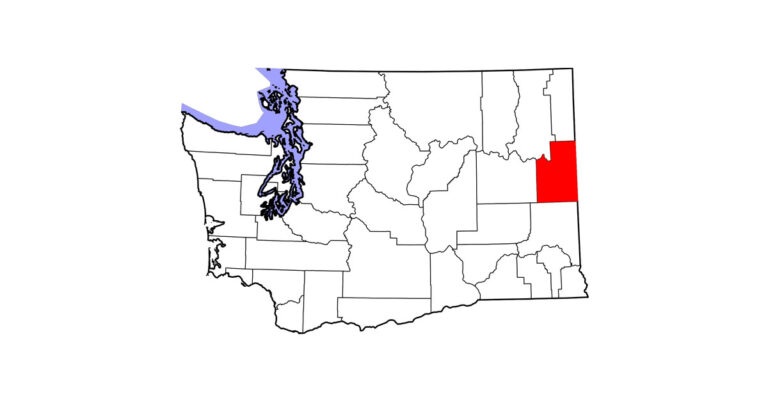When it comes to farriers fiddling with their feet, not all equines are models of serenity.
Even those whose tootsies have been handled since birth can morph into fire-breathing beasts at the pounding of that hammer. The result: pawing, snatching, panic and general resistance to the plan at hand!
The longer this continues, the more elevated a horse’s cortisol level can become. This can lead to increased heart rate and blood pressure, a weakened immune system and even digestive issues like colic—a real nightmare for the horse’s owner (and no fun for the horse, either).
Here are five tips to help de-stress your horse during trimming and/or shoeing:
1. Practice makes perfect.
Speaking softly and moving gently, work regularly with your horse, handling him as a farrier would—well before your appointment. Keep the sessions brief at first, lengthening them as cooperation increases.
With your horse standing “square,” practice lifting each foot and holding it in line for a reasonable period releasing when the horse holds the foot up on his own for the reward from pressure. Then practice drawing the back feet into trimming position and supporting them with a knee, one hand on the toe.
Place a keg shoe over the sole of each hoof and practice tapping on it with a small hammer to accustom your horse to this sensation (no nails, please!). Have a hoof stand? Practice placing each foot on it until your horse complies willingly and stands quietly.
ALSO: Desensitize your horse. There are numerous resources to help you learn how to help your horse be quieter and much safer to handle. Continue to work with your horse’s feet until it becomes a “new normal.” And always reward good behavior with a release of pressure, a kind word and a pat!
2. Get the bucks out.
Start doing some low-key groundwork with your horse prior to his farrier visit. Ask him to lead, halt, back up—any command with which he is familiar and to which his response is almost automatic. This often helps settle a nervous equine.
Other ways to help get the bucks out: Consider turning your horse out or lounging them before his appointment. A little exercise can go a long way toward putting him in a working frame of mind.
3. Environment counts.
When staging a farrier visit, choose a well-lit, level area in which your horse is already comfortable—perhaps away from other horses that agitate him, or within sight of his “bestie.”
Consider, too, the weather; is there rain or wind in the forecast? How about flies, hanging laundry, human traffic or other distractions? No need to add to the anxiety.
If your horse is used to hearing the radio in the background, keep that in the picture. If a lesson is scheduled in an adjacent arena, relocate either your session or the lesson. And avoid arranging farrier visits around feed time!
4. Handle with care.
When holding your horse, communicate with your farrier, maintain a quiet, confident attitude and keep some slack in the lead shank, because a tight hold on a horse’s head can make a “flight” animal anxious. If it helps, stroke his head and neck.
Stay on the same side of the horse as your farrier, and make sure that your horse is always aware of where the farrier is.
Last but not least, turn off the smartphone and stay alert to what your farrier needs you (or your horse) to do next.
5. Calming aids
Calming aids can help certain horses at certain times have a better experience than without them.
With more difficult horses or in a difficult situation, consult your veterinarian. He or she might prescribe a sedative or tranquilizer in severe cases. There are also more natural products that can help soothe the restless beast. These include magnesium supplements, herbal pastes, aerosolized aromatherapy and more. There’s even a gel containing an equine-appeasing pheromone that can be applied to a horse’s nostrils ahead of a challenging event.
When administered correctly and in moderation, calming aids can be a handy addition to your toolbox. It’s worth noting, however, that they are best used in conjunction with routine training and desensitization.
Also check with your sport association to ensure that none of the ingredients in your calming aid are on its prohibited substances list.










